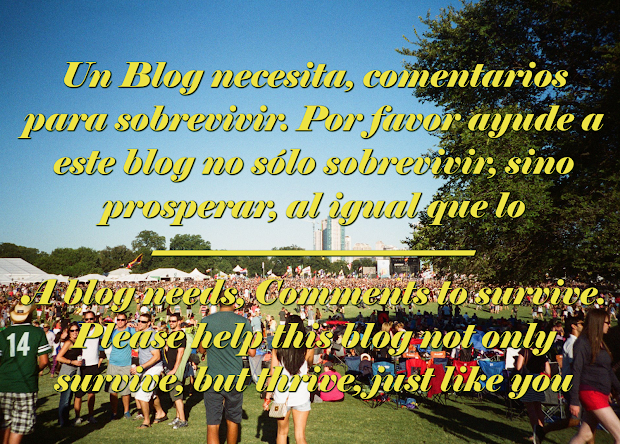The Legend of the Hualapai Origin
When I was in Arizona in 2009 I saw the Grand Canyon, not as most tourists do. Almost everyone sees it from the top down, and it is most impressive. I saw it from the bottom up as a guest of the Hualapai Nation at their lodge in Peach Springs, Arizona.
I stayed at their hotel and, after securing a permit, drove all of the back roads of their tribal lands from the hotel to the Colorado River. It was mid-October and there were no crowds. The weather was pleasantly warm and the water of the river felt nice for wading. As I was their guest for a few days, I feel that I should return the hospitality by featuring whatever legends of the Hualapai that I could find.
The Hualapais connect their emergence into this world to the Grand Canyon. Tribal legend tells that the people came into this world from Spirit Mountain (near present-day Bullhead City) and lived on the banks of the Colorado River, eventually migrating to the Colorado Plateau. Their traditional lands extended over about six million acres, from the Colorado River on the west and north, east to the San Francisco Peaks and south to Bill Williams Mountain. Anthropologists believe that the Hualapai and Havasupai were bands of the Pai, who divided up after European contact. The earliest physical remains of the Pai date back to C.E. 600 and were found near Hoover Dam.
The Hualapais traveled in bands as nomadic hunters and gatherers, eating small game, cactus, yucca and piñon nuts. Traveling on foot, they traded with other Native Americans in the Grand Canyon area and as far away as the Pacific Ocean to the west and the Rio Grande to the east. They traded hides to the Havasupai for crops, and traded meat for squash, corn and pumpkins from the Mojave Indians living south on the Colorado River.
Today the Hualapai Nation covers about one million acres, with 108 miles of Colorado River frontage extending from Lake Mead in the west to the boundary of the Havasupai Reservation in the east. The Hualapais' seal depicts purplish canyonlands in the middle, a testament to the historical importance of Grand Canyon.
The Legend of the Hualapai Origin I
According to the legend of origin, there were two gods named Hamatavilla and Tudjupa. Hamatavilla was the older god and Tudjupa, the younger. It is said that these two gods emerged from the bottom of the mountain, Wikame. While they were sitting at the top of the mountain, they both decided that Tudjupa would rule the world. Eventually, Tudjupa created various Native-American tribes from the pieces of a cane. The tribe created from the second longest strip was the Hualapai. These tribes live close to the mountain, Wikame.
The Legend of the Hualapai Origin II
Once upon a time, there were two gods and they were Tochopo and Hokomata. While Tochopo was good by nature, Hokomata was full of wickedness. Hokomata quarreled with Tochopo and vowed to inundate the entire world. After hearing Hokomata's words, Tochopo became unhappy and decided to save his daughter, Pukeheh, whom he held in great affection. He decided to save her so that she could be the progenitor of the future human race.
The Legend of the Hualapai Origin I
The Legend of the Hualapai Origin II
Once upon a time, there were two gods and they were Tochopo and Hokomata. While Tochopo was good by nature, Hokomata was full of wickedness. Hokomata quarreled with Tochopo and vowed to inundate the entire world. After hearing Hokomata's words, Tochopo became unhappy and decided to save his daughter, Pukeheh, whom he held in great affection. He decided to save her so that she could be the progenitor of the future human race.
After Pukeheh saw the world again, she yearned to be a mother. When she saw the rising sun, she thanked her father, Tochopo. She decided that the sun should be the father of her child. She conceived and gave birth to the sun's child whom she called Inyaa. Afterwards Pukeheh desired another child and chose one of the Havasu Canyon waterfalls (Wahahathpeekhaha) to be the father of her second child. Soon she conceived again and a daughter was born. The children of Pukeheh became the predecessors of the human race. The Havasupai were the first offspring, followed by the Apaches, Hualapais, Hopis, Paiutes, and Navajos.
Death of Hamatavilla & the Story of the Coyote
Earlier Tudjupa had warned Hamatavilla not step on the frogs near the river. However, Hamatavilla stepped on a frog and became very ill. Eventually, he died. Tudjupa decided to take Hamatavilla's body and burn it for four days. He informed the people that at the end of the fourth day, Hamatavilla would regain life.
A Coyote was among the people in the crowd and he disputed Tudjupa's prediction. As a result, Hamatavilla never regained his life.
Tudjupa decided to bury Hamatavilla's body and informed the people that after four days, plants would grow on the grave. Once again, the Coyote questioned Tudjupa's words.
Tudjupa ignored the Coyote's words and sent him to the grave on the fourth day. There the Coyote saw beans, pumpkins, watermelons, and corn growing. Both the Coyote and Tudjupa decided that the crops should gathered and eaten.
People from the various Native-American tribes ate the food and planted crops from whatever was left. They continued to do so for a long time. However, the various tribes soon began to bicker amongst themselves because the Mohave reserved their food separately. Finally Tudjupa resolved to put an end to the bickering by dividing the people into different tribes.
✿ ڰۣ❤In Loving Light from the Fairy Lady❤ڰۣ✿











No comments :
Post a Comment